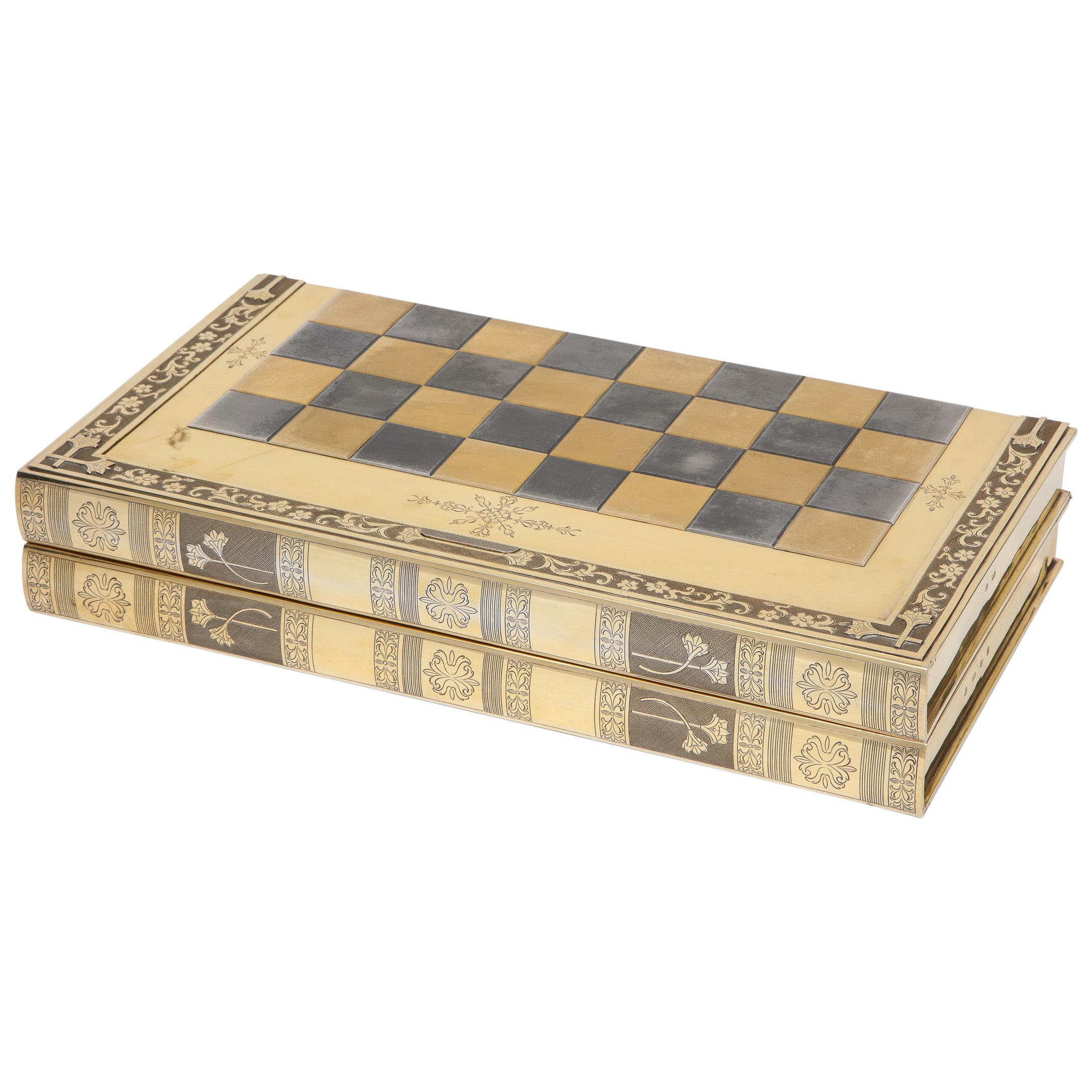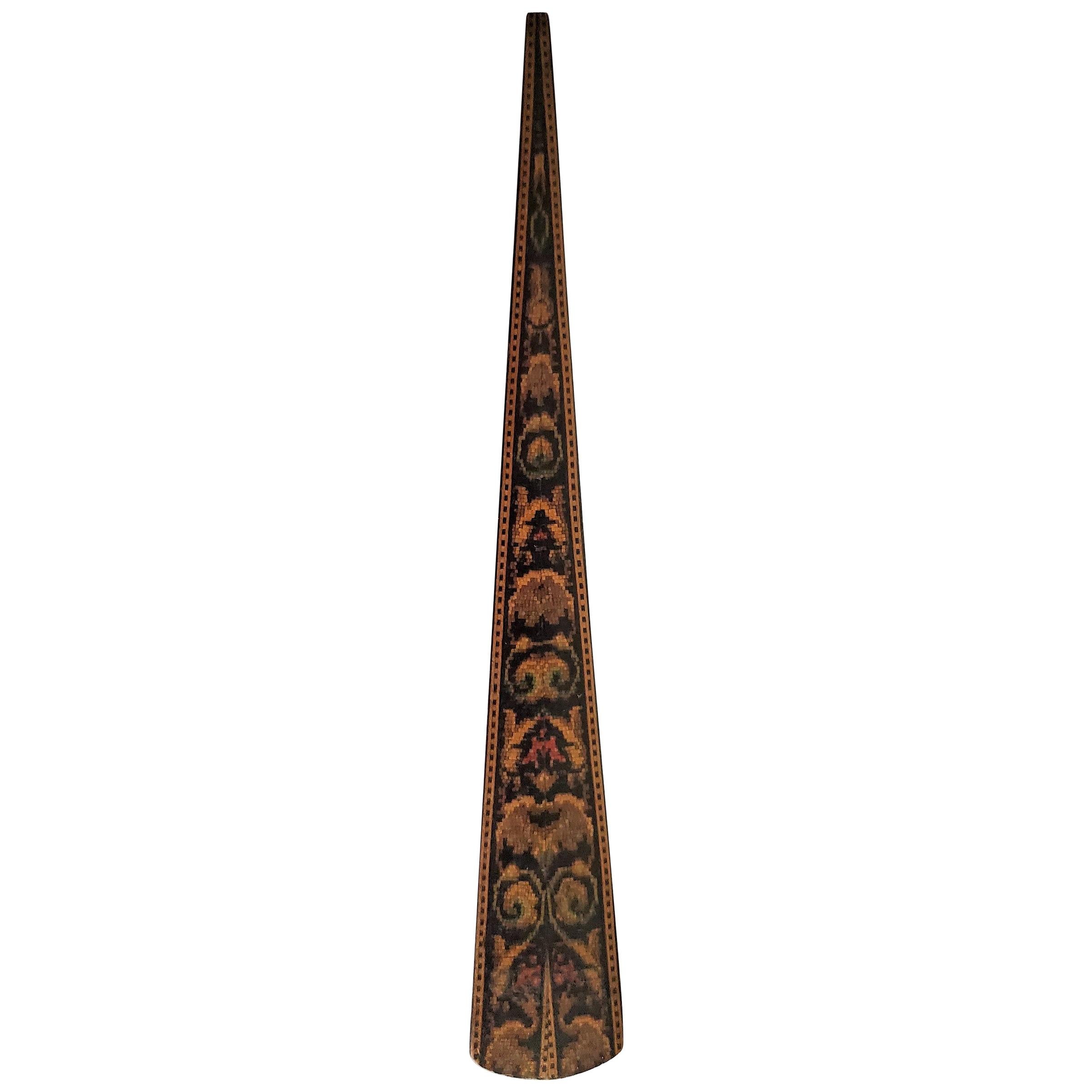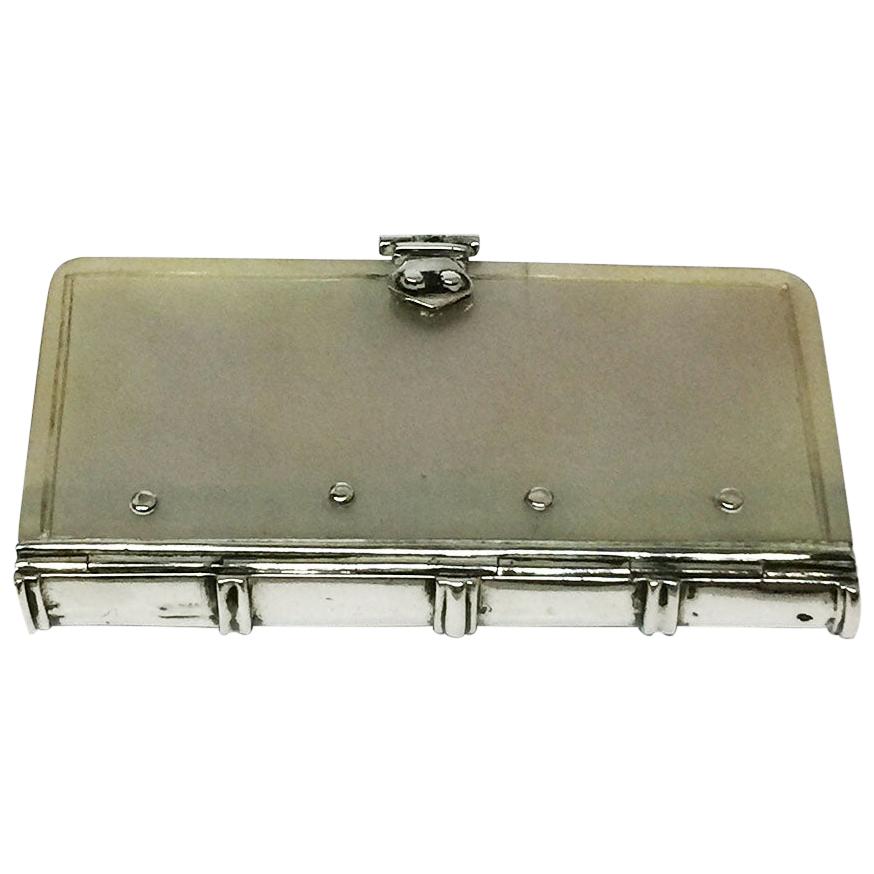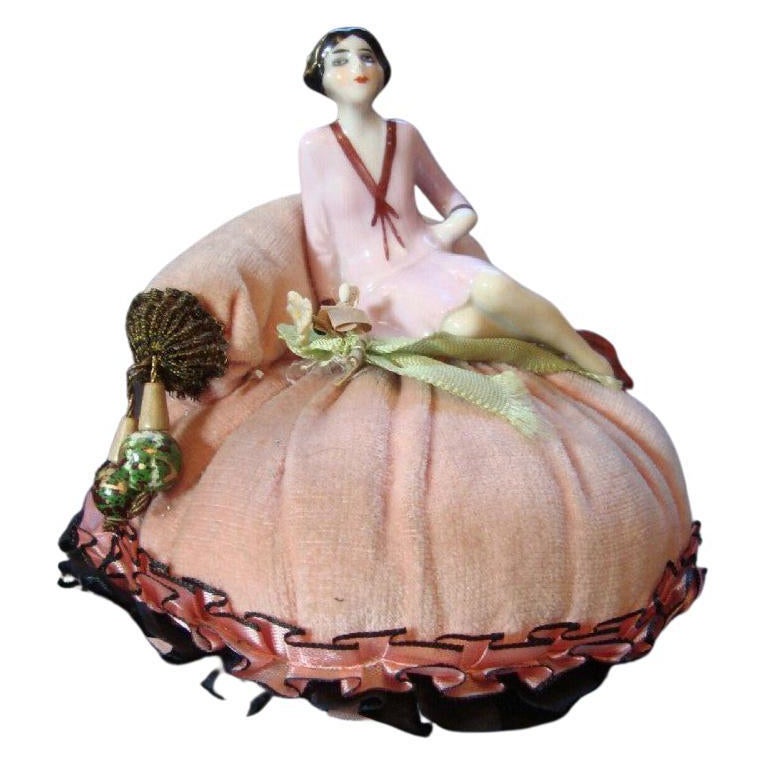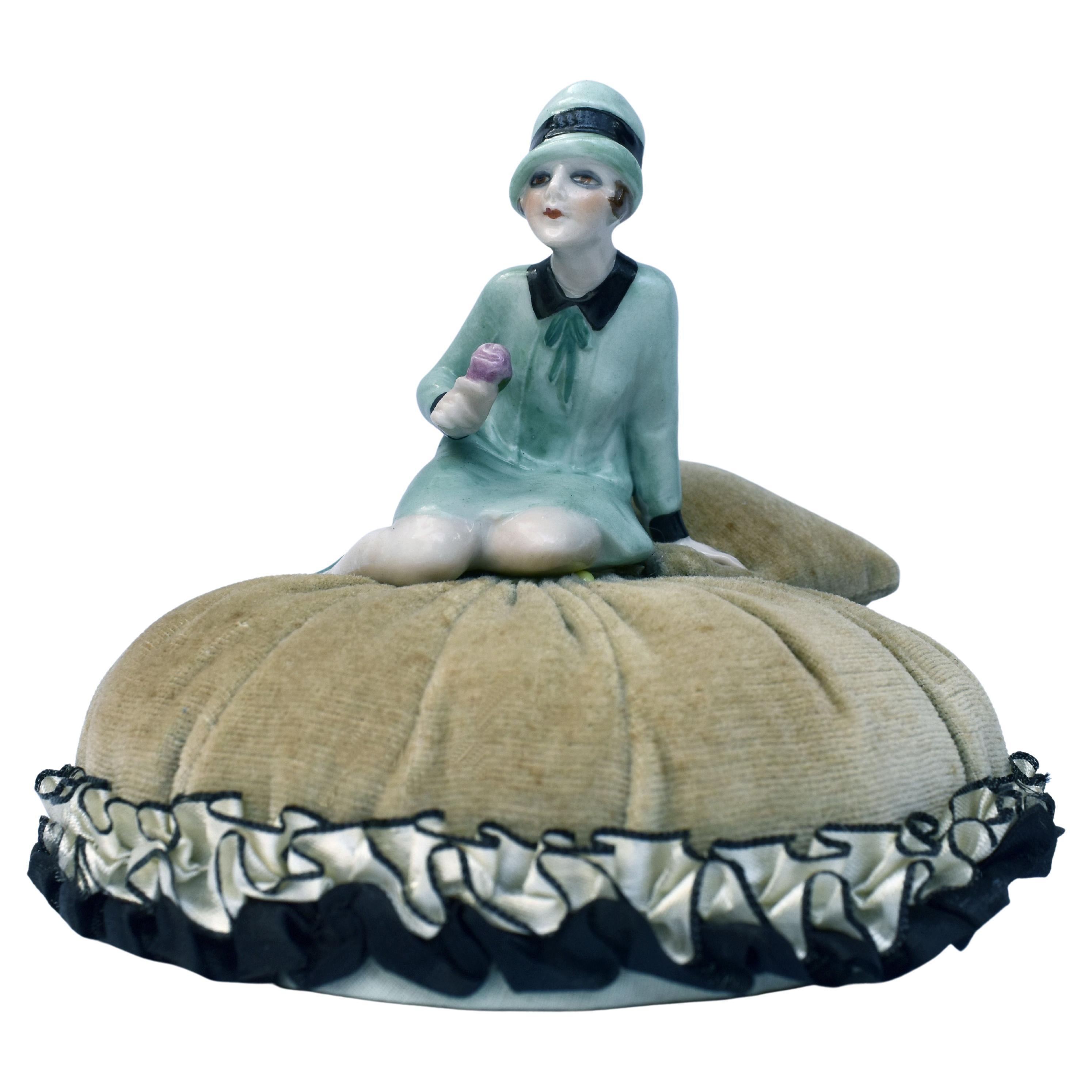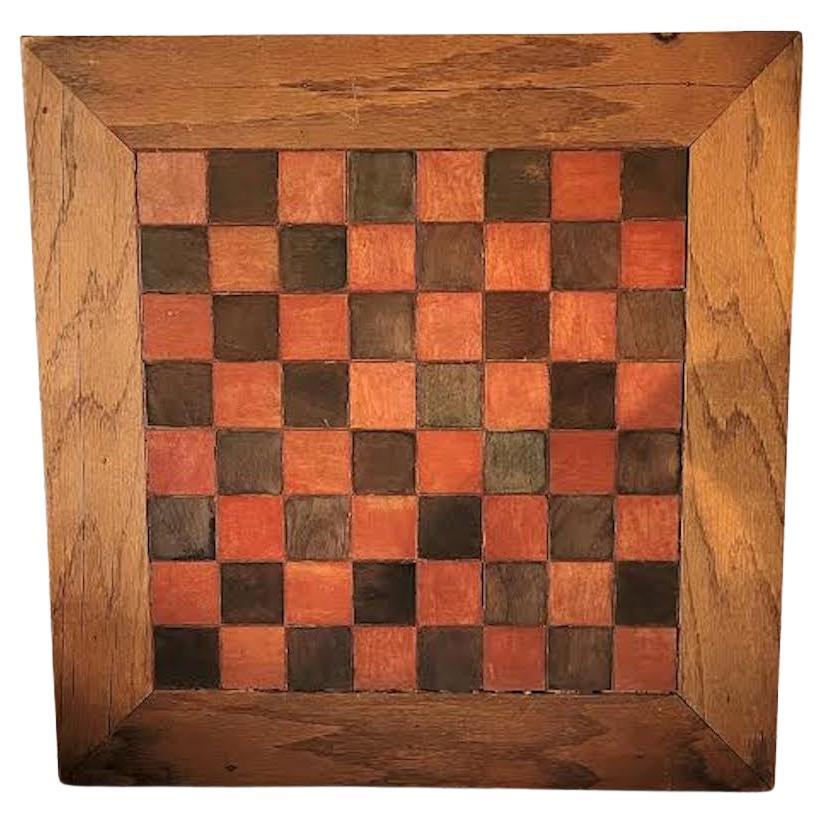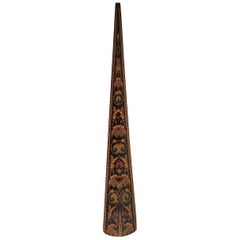
Rare Zinc Pastry Board and Rolling Pin
View Similar Items
1 of 5
Rare Zinc Pastry Board and Rolling Pin
About the Item
- Dimensions:Height: 21.5 in (54.61 cm)Width: 22.5 in (57.15 cm)Depth: 2.5 in (6.35 cm)
- Materials and Techniques:
- Period:
- Date of Manufacture:primitive
- Condition:
- Seller Location:Sag Harbor, NY
- Reference Number:1stDibs: U1012068354432
You May Also Like
- Rare Art Deco Pierette Half Doll Pin CushionLocated in Devon, EnglandFor your consideration is this petite and very skilfully painted Art Deco pin cushion head manufactured by the German factory of William Goebel. For your consideration is this rare designed Art Deco Pierette half doll...Category
Mid-20th Century German Art Deco Models and Miniatures
MaterialsCeramic
- Rare English Silver-Gilt Book-Form Chess and Backgammon Game Board, circa 1976By Asprey & Garrard LimitedLocated in New York, NYRare English silver-gilt book-form chess and backgammon game board, circa 1976. This exceptional and rare solid silver chess board converts into a backgammon board and can also be placed in a bookshelf to add more opulence. (3 in 1). This was most definitely a private commissioned piece by the House of Garrard...Category
20th Century British Games
MaterialsSilver
- Rare 19th Century English Tunbridgeware Hair Pin or SlideLocated in Dallas, TXPresenting an absolutely gorgeous and extremely unique and rare 19th century British Tunbridgeware hair pin/bobbin or slide. This slide is unlike any of it’s kind we have seen before…. it is a very rare survivor ! From circa 1860–1880. Made of walnut with gorgeous marquetry inlay on the entirety of the front with classic Tunbridgeware micro-mosaic all over the front. The rear is walnut. The marquetry inlay appears to be various different woods, namely, maple, walnut and satinwood. Would have been worn in a Lady’s hair bun with the micro-mosaic facing forward. This would have belonged to a very elegant lady in the mid to late 19th century. Tunbridge ware is a form of decoratively inlaid woodwork, typically in the form of boxes, that is characteristic of Tonbridge and the spa town of Royal Tunbridge Wells in Kent in the 18th and 19th centuries. The decoration typically consists of a mosaic of many very small pieces of different coloured woods that form a pictorial vignette. Shaped rods and slivers of wood were first carefully glued together, then cut into many thin slices of identical pictorial veneer with a fine saw. Elaborately striped and feathered bandings for framing were pre-formed in a similar fashion. There is a collection of Tunbridge ware in the Tunbridge Wells Museum and Art Gallery in Tunbridge Wells. The famous makers of Tunbridge ware were in the Tunbridge Wells area of Kent; their most notable work was from circa 1830-1900. Early makers of Tunbridge ware, in Tunbridge Wells in the mid-18th century, were the Burrows family, and Fenner and Co. In the 19th century, around 1830, James Burrows invented a technique of creating mosaics from wooden tesserae. Henry Hollamby, apprenticed to the Burrows family, set up on his own in 1842 and became an important manufacturer of Tunbridge ware, employing about 40 people. Edmund Nye (1797–1863) and his father took over the Fenner company when William Fenner retired in 1840, after 30 years in partnership with him. Thomas Barton (1819–1903), previously apprenticed at the Wise factory, joined the Nyes in 1836, and worked as Nye’s designer; he took over the business in 1863 and continued there until his death. In Tonbridge (near to Tunbridge Wells), George Wise (1703–1779) is known to have had a business in 1746. It continued with his son Thomas, and Thomas’s nephew George (1779–1869), who took over in 1806. In its early years the company made articles such as workboxes and tea caddies with prints of popular views; later items had pictures created from mosaics. Their workshop in Tonbridge, Wise’s Tunbridge Ware Manufactory, was next to the Big Bridge over the Medway; the building was demolished in 1886 to widen the approach to the bridge. Tunbridge ware became popular with visitors to the spa town of Tunbridge Wells, who bought them as souvenirs and gifts. Articles included cribbage boards, paperweights, writing slopes, snuffboxes and glove boxes. At the Great Exhibition of 1851, Tunbridge ware by Edmund Nye, Robert Russell and Henry Hollamby was shown; Edmund Nye received a commendation from the judges for his work. He exhibited a table depicting a mosaic of a ship at sea; 110,800 tesserae were used in making the picture. The manufacturers of Tunbridge ware were cottage industries, and they were no more than nine in Tunbridge Wells and one in Tonbridge. The number declined in the 1880s; competent craftsmen were hard to find, and public tastes changed. After the death of Thomas Barton in 1903 the only surviving firm was Boyce, Brown and Kemp, which closed in 1927. Marquetry was an old technique which was continued by Nye and Barton to create images such as birds or butterflies. ‘Green Oak’ as caused by the fungus Chlorociboria aeruginascens. Stickware and half-square mosaic was invented by James Burrows in about 1830: a bunch of wooden sticks of different colours, each having triangular or diamond-shaped cross section, were tightly glued together; in the case of stickware, the resulting block was dried, then turned to form an article such as the base of a pincushion. For half-square mosaic, thin slices were taken from the composite block, and applied to a surface.[1][2][4] Tesselated mosaic, was a development by James Burrows of half-square mosaic; it was adopted by George Wise and Edmund Nye. Minute tesserae were used to form a wide variety of geometric and pictorial designs. Many sorts of wood were used for the various colours; about 40 were in regular use. Only natural colors were used; green was provided by “green oak”, produced by the action of fungus on fallen oak. Designs for articles were often taken from designs of Berlin wool work.Category
Antique Late 19th Century English High Victorian Collectible Jewelry
MaterialsSatinwood, Walnut
- 1930's French White Glass Bead and Zinc Memorial CrucifixesLocated in Hastings, GBAn incredible pair of 1930's French Memorial religious crucifixes, the body of each crucifix made of wood then covered in thousands of strung, hand ...Category
Vintage 1930s French Rococo Religious Items
MaterialsZinc
- Eisenberg pin and earring setBy EisenbergLocated in Seattle, WAlovely sapphire and ruby colored pin and earring set by EisenbergCategory
Vintage 1950s American Collectible Jewelry
MaterialsMetal
$495 / set - Green Malachite and Marble Chess BoardLocated in New York, NYA green malachite and marble chess board, circa mid-20th. Game board is made of green malachite and off-white marble. Dimensions: 9" square.Category
Mid-20th Century European Games
MaterialsMalachite, Marble
$472 Sale Price30% Off
Recently Viewed
View AllMore Ways To Browse
Rolling Hanging
Wood Rolling Pin
Antique Rolling Pin Rolling Pins
Designer Books
Antique Original Maps
Original Antique Maps
Curiosity Box
New York History
Quality Retro Collectibles
Interior Decorators
Sold More Furniture And Collectibles
Collectables Miniature
France Religious
Bar Games
What Not Antique
Vintage Furniture Book
Books On Design
Modern Antique Interior Design

